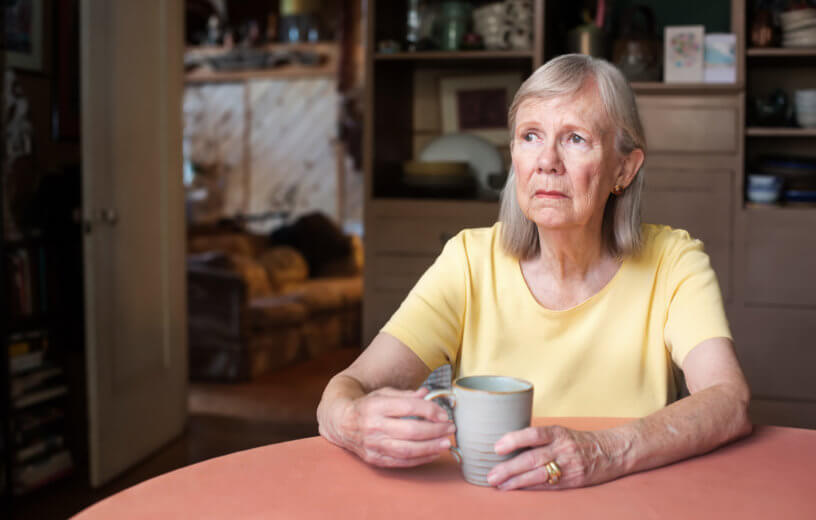Doctor warns: “Loneliness rivals smoking and obesity in its impact on shortening longevity.”
SAN DIEGO — The best way to overcome the loneliness and isolation of senior community living is to have wise expectations about this stage of life, according to the results of a recent study.
Researchers with the University of California San Diego School of Medicine wanted to know why so many older adults experience loneliness and detachment in retirement communities, which typically abound with busy social calendars and plenty of common areas for commingling.
“Loneliness rivals smoking and obesity in its impact on shortening longevity,” says lead study author Dr. Dilip V. Jeste, senior associate dean for the Center of Healthy Aging and a professor of psychiatry and neurosciences at the university, in a statement.
Researchers interviewed 30 adults ranging in age from 67 to 92 as part of an overall study of the physical, mental and cognitive functions of 100 older adults living in the independent living area of a San Diego senior living facility. During the 90-minute interview process, 85 percent of participants revealed that they experienced moderate to severe levels of loneliness. While reasons for these levels were unique, researchers established some common themes among those participants most at risk and those who fared better.
Study authors found that the greatest predictor of loneliness is age-related loss — such as the loss of a spouse, siblings or friends — combined with poor social skills that limit the ability to form new relationships. A second common theme among the seniors experiencing higher levels of loneliness was that they felt disoriented in a retirement community and thought that life had become hopeless and purposeless.
On the flip side, the research team discovered that participants who were realistic and accepting of the aging process and those who enjoyed living independently were much less likely to experience loneliness.
“One participant spoke of a technique she had used for years, saying, ‘If you’re feeling lonely, then go out and do something for somebody else.’ That’s proactive,” notes Jeste. “Another resident responded, ‘I may feel alone, but that doesn’t mean I’m lonely. I’m proud I can live by myself.'”
Researchers hope that the results of this study will aid our understanding of loneliness in senior living facilities and will point toward better interventions to improve the overall health of our aging population. By 2029, the National Center for Health Statistics estimates that more than 20 percent of the U.S. population will be age 65 and older.
“It is paramount that we address the well-being of our seniors,” concludes Jeste. “They are friends, parents and grandparents of the younger generations.”
Study results are published online in the January 10, 2020 issue of Aging and Mental Health.
